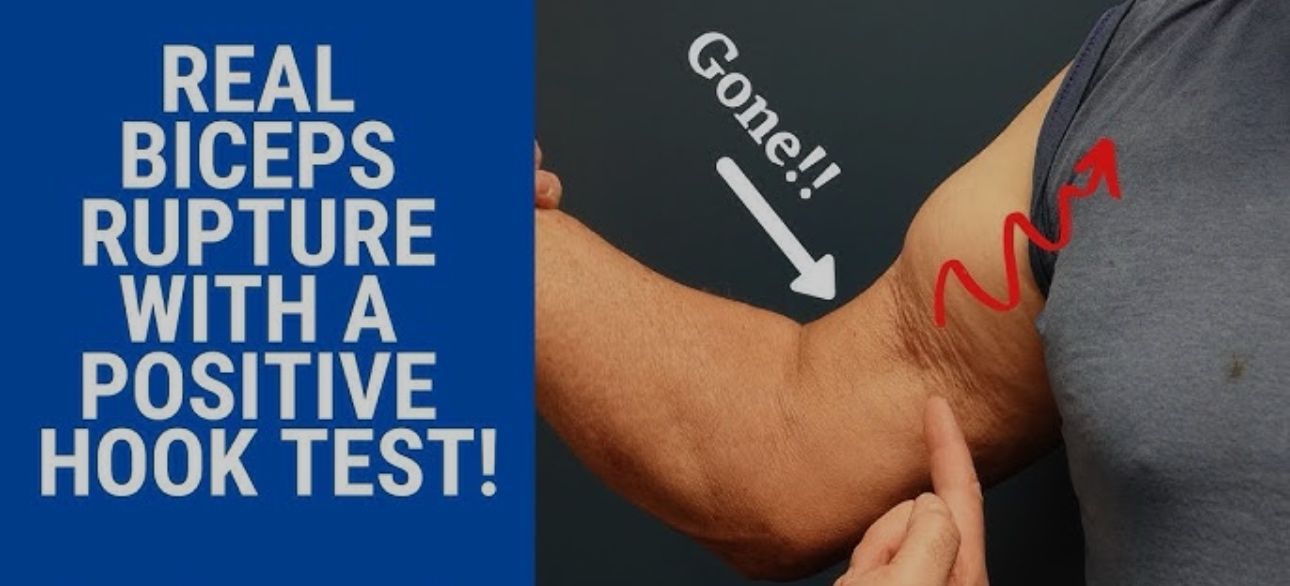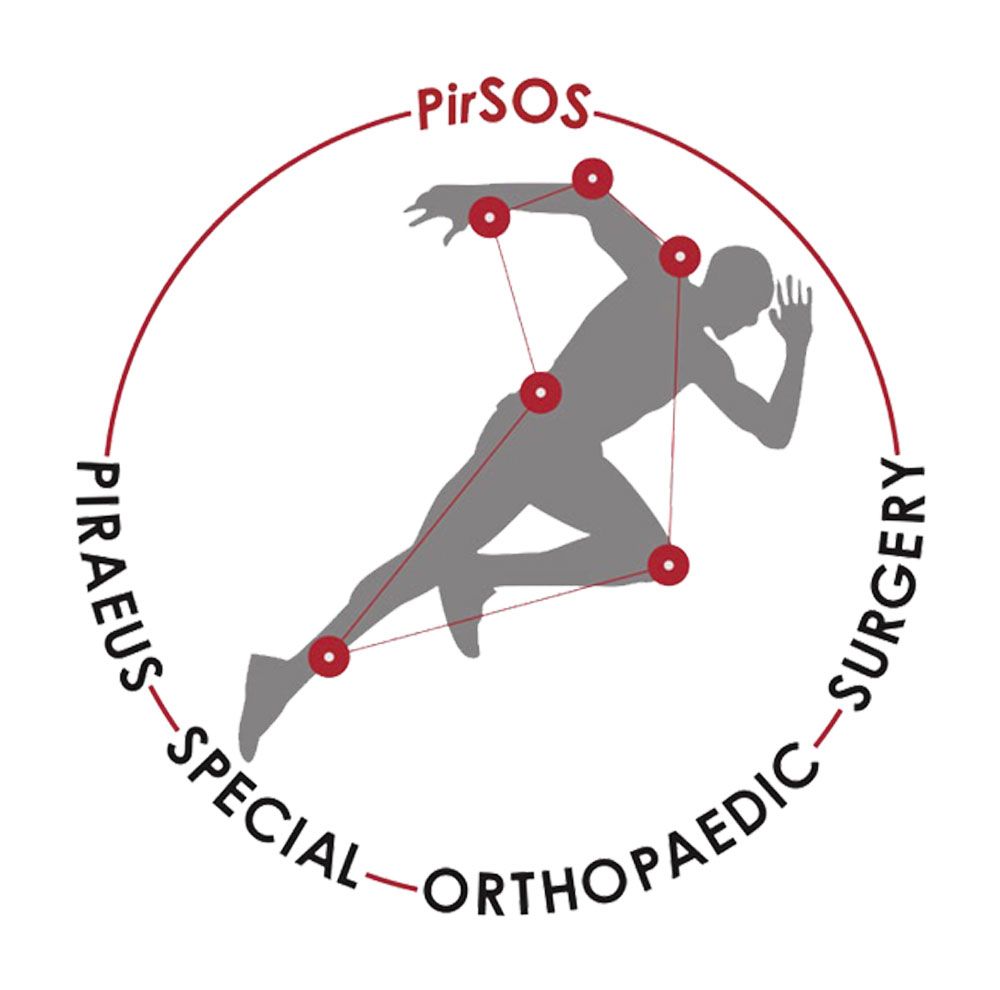Distal Biceps Tendon Rupture
Clinical Presentation
- Usually involves detachment of the tendon from the radius (posterior part of the elbow).
- Acute pain during injury, often with an audible "pop".
- Swelling and bruising in the anterior arm and elbow.
- Loss of strength primarily in forearm supination and secondarily in elbow flexion.
- Deformity with the so-called "reverse Popeye sign" (the muscle belly shifts upward).

Diagnosis
- Clinical examination: inability to supinate, pain on flexion.
- Special tests (e.g., hook test).
- Imaging: ultrasound or MRI for confirmation and assessment of the rupture (complete or partial).
Treatment
- Conservative treatment: for elderly or low-activity patients; includes physiotherapy, strengthening of compensatory muscles, analgesia.
- Surgical reconstruction: recommended for younger and active patients, athletes, or those requiring strength/supination at the elbow (work or sports). The procedure involves reattachment of the tendon to the radius using anchors or screws.
For surgical reconstruction of distal biceps tendon rupture, there are two main techniques:

1. Single-Incision Technique
- Anterior incision in the forearm, close to the radius.
- The tendon is identified and cleaned, an opening is made in the radius (radial tuberosity).
- The tendon is fixed with special anchors, buttons (endobutton), or interference screws.
- Advantage: less surgical trauma, better cosmetic result.
- Disadvantage: higher risk of injury to the radial nerve or its branches.
2. Double-Incision Technique (Boyd–Anderson)
- First anterior incision for tendon identification.
- Second posterior-medial incision in the forearm for access to the radius.
- The tendon is fixed to the radius with sutures or bone tunnels.
- Advantage: more anatomical fixation, reduced risk of nerve injury.
- Disadvantage: possibility of heterotopic ossification or limitation of pronation.
👉 Today, many teams prefer the single-incision technique with Endobutton because it has good functional results and faster recovery.
Postoperatively: initial immobilization and gradual rehabilitation with physiotherapy.




